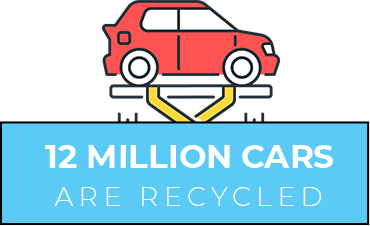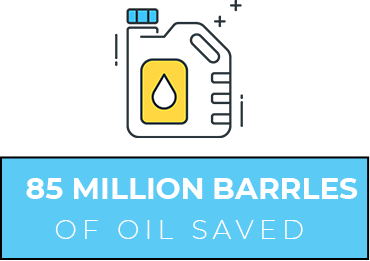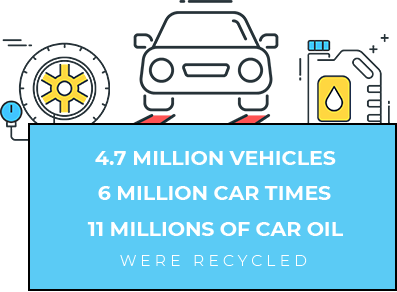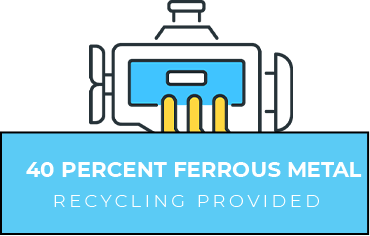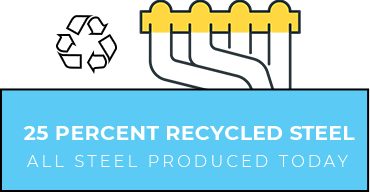CONTENTS
But do we?
The statistics say… sort of.
A national survey conducted in advance of America Recycles Day in 2014 (November 15) “found that half of Americans said they recycle 75 percent or more of their recyclable items. Eight percent said they recycle all recyclables. The survey, conducted by global insights firm Kelton Global, found that nearly two thirds of Americans said they recycle on a ‘regular basis.’”
While these figures sound like good news for the environment, they contrast with the national cycling rate of 34.5 percent in 2012, as measured by the U.S. Environmental Protection Agency.
Each year, for the last 30 years, the EPA has collected and reported information on the amount of municipal solid waste (MSW) Americans generate to benchmark the success of existing waste reduction and recycling programs. The 2014 report states that residents produced 258 million short tons of municipal solid waste, with recycled and composted materials representing 34.6 percent of that amount or 89 million tons.
Paper and paperboard account for 25.9% and yard trimmings and food scraps account for another 27%; plastics 13%; metals 9%, rubber, leather and textiles 6%; wood is approximately 6% and glass 4%. Other miscellaneous wastes make up approximately 3.5%. The pie graph below outlines these figures:
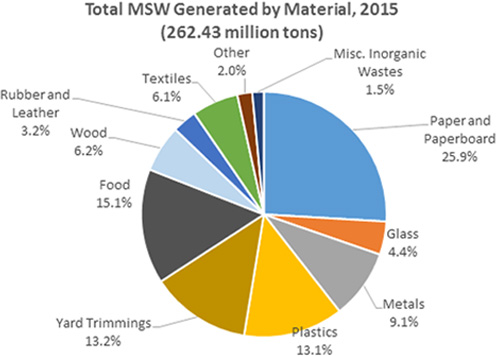
Paper and paperboard account for 25.9% and yard trimmings and food scraps account for another 27%; plastics 13%; metals 9%, rubber, leather and textiles 6%; wood is approximately 6% and glass 4%. Other miscellaneous wastes make up approximately 3.5%. The pie graph below outlines these figures:



